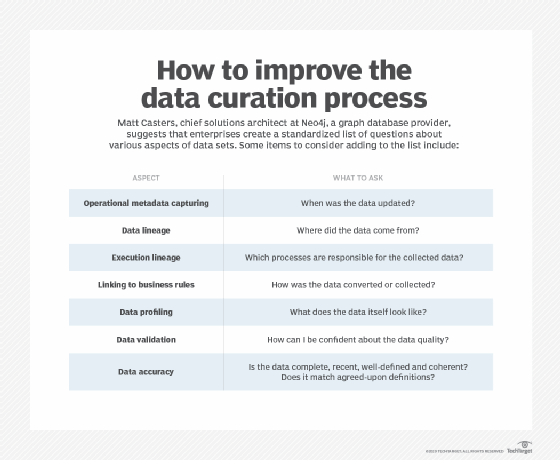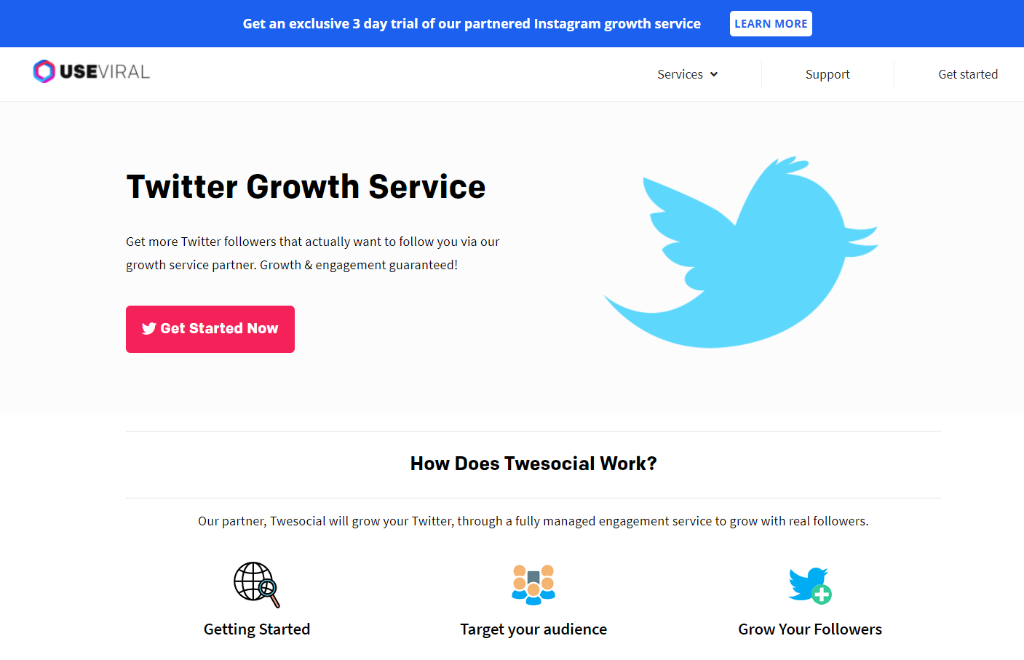
You have now decided to develop your own digital marketing strategy. What's next? The article will take you through every step, from choosing your channel to research your audience. This article will help you create a customer journey, and how to split test your strategy. Then, you'll know if your new strategy is working for your brand. If you don't, you're not alone. Many other businesses have asked the same question: How do I create a digital marketing strategy?
Researching your audience
Research your audience is key to creating a digital marketing strategy. You can do this through quantitative research, which involves surveying a large population and generating statistical results. For example, to create an email blast for a certain audience, you must identify their problems and interests. You can also look at their past purchases to determine their buying habits. Then you can tailor your marketing message for the right audience segment.
Understanding your audience is key to creating a successful digital marketing plan. You won't be able to see their needs and desires without research. You can identify their needs and provide personalized content by conducting research. By doing research, you'll also be able to predict their needs and become more effective in your marketing. Here are some ways to research your audience.
Interviews: You can use surveys to better understand your audience. Ask customers to send you emails, post customer reviews on social networks, and interview them. These surveys can provide valuable insight into what your audience is like. Then, you can create your digital marketing strategy accordingly. Researching your audience is crucial, but it's also essential to create a compelling campaign. This way, you'll be able to engage your audience and increase sales.
Segmentation: You can tailor your message to your audience by understanding their preferences, interests, lifestyle. Segmentation will allow you to craft a stronger message and interact with your customers in a more personal way. Adidas sent an email with a gender specific message, while the clothing brand categorised its audience based on gender. Customers tend to buy jeans, and so a survey asking them for their opinions on the retailer would return an average score 8/10.
Choosing channels
Promoting your product or service through digital channels is an important aspect. The primary goals, competition, budget, and other factors should guide your choice. Different channels deliver different results. Be wise and choose which one works best for you. Which channels you use will affect the content and format of the ads you share with your target audience. Although content marketing remains the king of marketing, and will remain relevant, it is essential to reach your audience.

The business goals will affect the choice of digital marketing channels. Your short-term, and long-term goals are important. Long-term goals could include increasing revenue by 20% in the next two-years. Short-term goals might include generating 400 qualified leads within six to eight months, or increasing website traffic by 70% in just eight months. It is crucial to understand your short-term, long-term and ultimate goals so you can choose the right channels for you.
Before you choose which channels to use, be sure to assess their effectiveness. Each channel comes with its own strengths, weaknesses and freedoms. Determine the types of content that you will need for each channel and its costs. You should make sure you have all of your budget available before you begin using new channels as part of your digital marketing strategy. If you want to create a buzz-generating campaign, you should use Facebook or Twitter.
Customer journey creation
A customer journey plan is one of the key elements to a successful digital marketing campaign. These maps outline the customer's journey from decision to action. A customer journey map can be used for many purposes. It may show the customer's path from the beginning of the sales funnel until the point when they become a lifetime customer. The customer journey maps can also be helpful in identifying areas that can be improved.
A customer journey map, in a nutshell is the prospect's journey towards purchase. This helps marketers to map the questions prospects ask and the problems they encounter along the way. The higher-funnel stages are aimed at creating awareness and interest, while the final stages are devoted to fostering brand loyalty. This should start with awareness.
After researching and learning about a brand, potential customers begin the information-gathering phase of the customer journey. They aren't sure who you are at first but they know what their needs are. In this stage of the Customer Journey, brands should have content that aids customers to make informed decisions. To help customers overcome any remaining obstacles during the purchasing process, brands may offer a free trial period.
A customer journey map will help marketers target their advertising efforts by understanding the steps customers take to buy a product or service. Each stage of the customer journey should have its own buyer persona. Marketers can tailor their marketing campaigns according to the goals of each stage by identifying these. Marketers can also use customer journey maps to help understand their customers better. This helps them identify the motivations behind each stage of their customer's decision-making.
Split testing your strategy
Split testing can be used to improve the profitability of your digital marketing strategy. Split testing can be used to improve headlines, page copy and button text. Images, social sharing buttons, email advertising, call to actions, and social media buttons are just a few examples. Below are some test scenarios. Split testing can be used to determine which marketing strategies will lead to increased sales and profitability. Use the right sample size. Split testing should not be done less than once a month and should have a high confidence rating.
Split testing can help you determine if certain marketing strategies are working or not, and where to make changes to maximize their effectiveness. Split testing helps you monitor whether your online marketing strategy generates leads and brings in returns. Split testing allows you to test different versions or elements of a website. You can use the split test results to determine if your website makes money. Once you've identified which variants generate more leads, it is possible to make adjustments in your digital marketing strategy.

ClickFunnels allows you to test six different versions of the same advertisement. This makes it easy to come up with split-test ideas. Facebook is another great place to find split test ideas. Facebook offers many examples of Facebook ads. You can also copy these to see which ones work best. Split testing can be done on landing pages as well. Split tests can be conducted on landing pages. For instance, moving your CTA under the fold increased conversions 304% while removing it from the landing webpage caused cart abandonment rates down 33%.
Split testing is an essential part of conversion optimization. It involves dividing traffic into two groups - the control group and the variant. For split testing, you split traffic so that 50% see the control variation and the other half see the variant version. In a multivariate test, you divide the traffic into equal segments and show one version of the variant to each group. Split testing can improve your digital marketing strategy, and you'll be amazed at the results!
Measuring its successes
It is important to measure the success of your digital marketing strategy. You can do this through a number of ways, including monitoring the number of visitors who have converted into buyers. The number of pages viewed can be another indicator of the campaign's effectiveness. These metrics can be used to determine the success of a campaign based on its target audience, as well as to determine the effectiveness of a specific marketing initiative.
In order to measure the success of a digital strategy, it is important to monitor key performance indicators (KPIs), in order for you evaluate the effectiveness of your campaigns. KPIs are quantifiable metrics that track how your marketing team performs against a specific goal or objective. These targets can either be high-level and low-level. These KPIs are useful in identifying the success of a campaign, as they provide a specific level of accuracy that can be used as a guide for future campaigns.
It is also important to establish goals that will help you measure your digital marketing strategy. Consider, for example, how many visits did your website get? Is your website inviting purchase? Are you generating more sales through your email campaigns? Are you getting new business? How many visitors made a purchase after reading an email? These are just some examples of the data you should track in order to assess whether your digital marketing strategy works. It will ultimately all come down to your goals and objectives as well your digital marketing strategy.
FAQ
How often should I update my website?
There are many options for updating your website. A Content Management System (CMS) is one way to update your website. Here, you can easily edit all of the content on your site without having to touch any code.
Another way is to use a plugin that automatically updates your website. You can buy these plugins through WordPress stores or install them yourself.
You can also download free plugins such as Yoast and WPtouch. The best thing to do is to test different methods and see which works best for you.
Google Adwords: Can I increase sales?
Google AdWords is a popular tool for advertisers looking to promote their products or services on the internet. Users click on sponsored ads and visit the associated websites. This helps generate sales leads for businesses.
What are the best tools available for on-page SEO?
Video embeds (image alt tags), structured data markup, video and internal links are all great for on-page SEO. Learn more about these topics in this article.
What Content Strategy can I use to improve my ranking?
A content strategy is how you plan to create content over time. It also includes keywords, topics, and other information about the company. Having this plan in place before you start writing will ensure that you don't produce too little or too much content.
Why would I need an SEO strategy?
SEO strategies will help you to maximize your potential for growth. If you don't rank higher in search results, it doesn't make sense to have great content that no one ever finds.
An effective SEO strategy will help you establish relationships with industry experts and influencers. With their connections and knowledge, you can learn new techniques and tricks to beat your competitors.
Statistics
- : You might have read about the time that I used The Content Relaunch to boost my organic traffic by 260.7%: (backlinko.com)
- Deleting those 10k pages is one of the main reasons that he improved his site's organic traffic by nearly 90%: (backlinko.com)
- 64% of marketers actively create SEO campaigns because they help hit multiple key performance indicators (KPIs), including increasing traffic, helping your site rank for relevant keywords, improving your conversion rate, and much more. (semrush.com)
- 93%of online experiences today begin on search engines. (marketinginsidergroup.com)
- Which led to a 70.43% boost in search engine traffic compared to the old version of the post: (backlinko.com)
External Links
How To
How to create your keyword strategy
Keyword research is a key part of any SEO campaign. It helps you identify what people are looking for in search engines like Google or Bing. These keywords can also be used to help you create content. This information will enable you to concentrate on creating content relevant to certain topics.
Keywords should be included in the text of every page. Avoid putting keywords at the ends of pages or in odd places. Instead, choose words that clearly describe the subject and place them where you think they will make sense. For example, you might use "dog grooming", instead of "dogs", or "grooming" for a topic like dog grooming. This makes it easier to read and understand.
Avoid using keywords too often. If you do, then you will need to spend some time crafting quality content about those keywords. You could find yourself spending too much effort providing low-value content which isn't interesting enough to attract visitors. It's best to limit backlinks. Backlinks are still valuable and can be used in a proper manner. They can increase your website's authority, helping to improve rankings.
It is especially beneficial to link to websites that are related. Linking to other product reviews on your blog will improve your chances of being found in search results.
This will allow you to get more organic traffic via searches that relate to your niche. Consider joining forums to help promote your site. The community members there will likely mention your site in return.